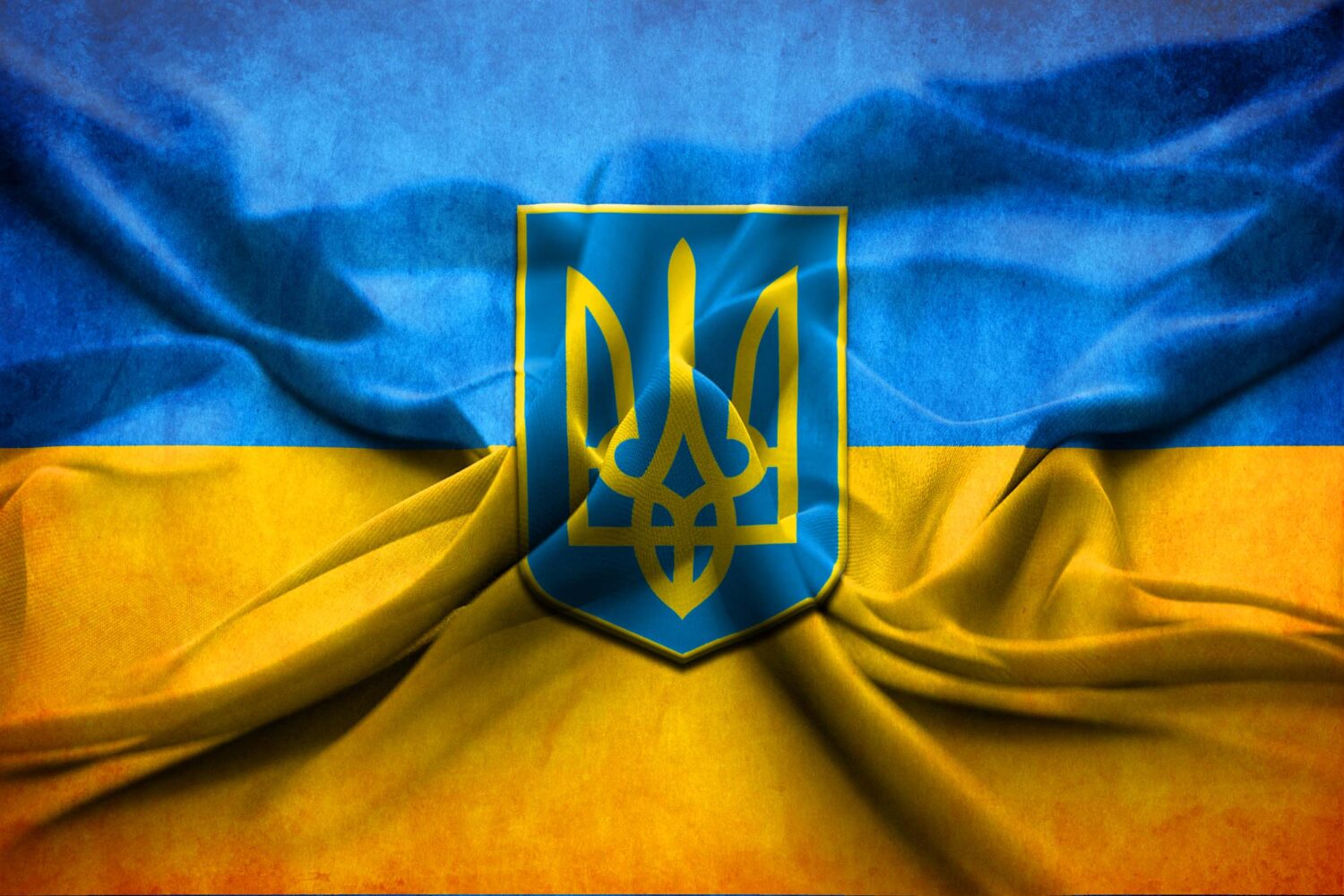The idea
On February 24, at 5:30am Moscow time Russia President Vladimir Putin announced, what he called, a “special military operation” in the Donbas region. His mission – to “demilitarize and denazify” Ukraine.
Russian forces infiltrated the northern, eastern and southern fronts of Ukraine with air, land and sea attacks. Explosions were heard in many cities about 5:00am local time.
In the following days, resounding air raid sirens, unforgiving shelling, months in darkness, and days on foot became the lived experiences of millions of people in Ukraine. More than 6.9 million* people have fled Ukraine, at least 4,183 people are dead and more than 5,014 have been injured, according to the United Nations High Commissioner for Human Rights (UNHCR). The real number is likely to be much higher.
Bucha, Irpin, Hostomel, Borodianka, Mariupol, Kherson – everyone heard those names. But there are so many others; village of Vorzel, about 50 kilometers northwest of Kyiv, Staryi Bykiv, in Chernihiv oblast, Zabuchchya, a village northwest of Kyiv… the list goes on. As does the list of war crimes and atrocities committed by Russian soldiers: “The cases we documented amount to unspeakable, deliberate cruelty and violence against Ukrainian civilians,” said Hugh Williamson, Europe and Central Asia director at Human Rights Watch. “Rape, murder, and other violent acts against people in the Russian forces’ custody should be investigated as war crimes.”
These are real stories from real people. Stories they wrote themselves. Stories full of pain, suffering and sadness. Stories the whole world needs to see, read, hear and never forget.
“The ones who are crazy enough to think they can change the world, are the ones that ultimately do.”

